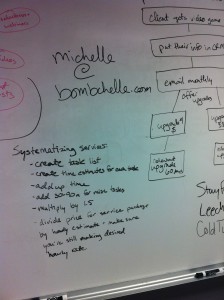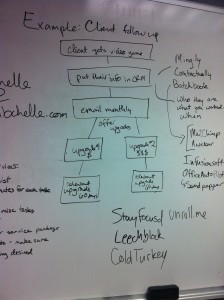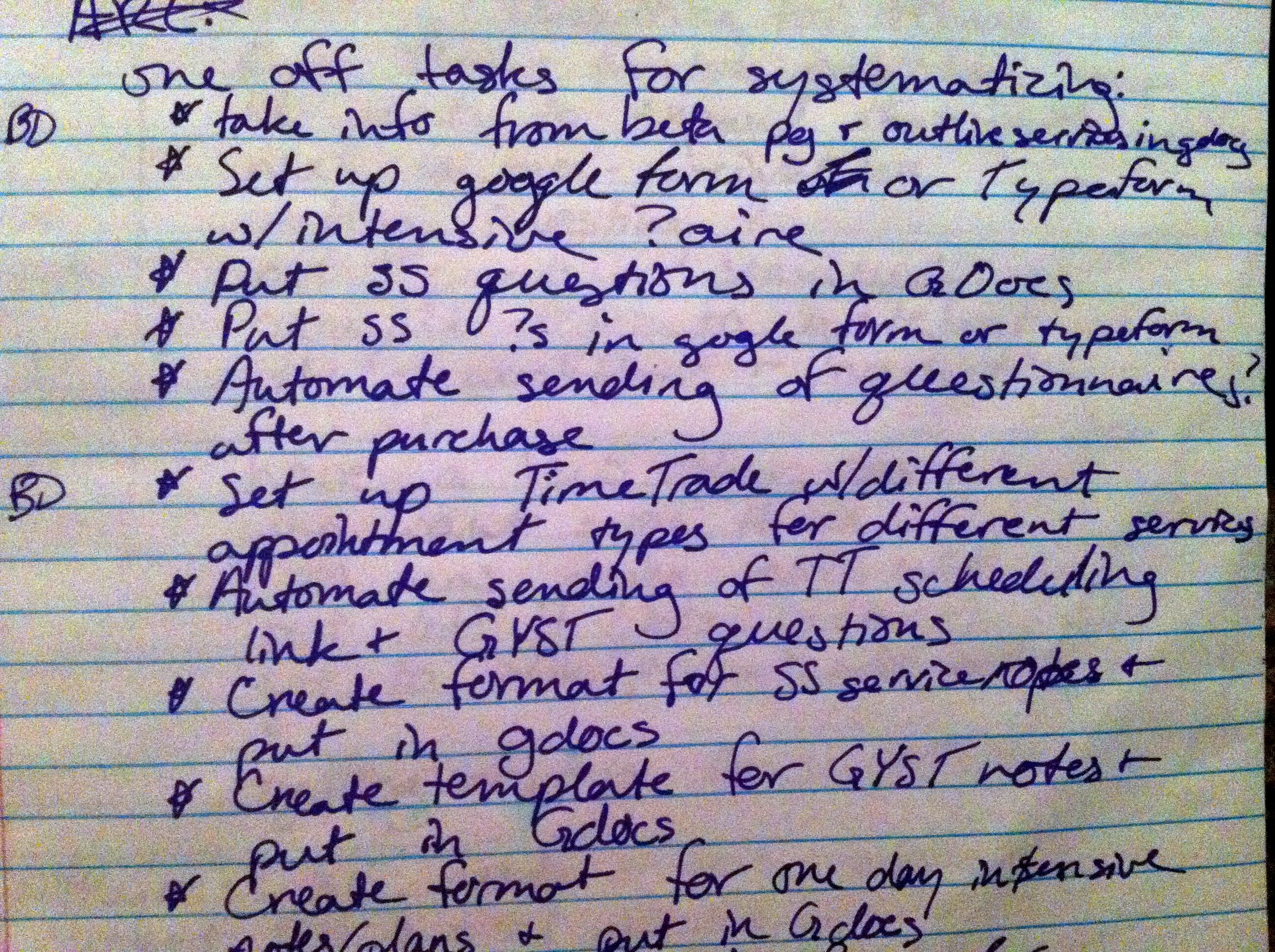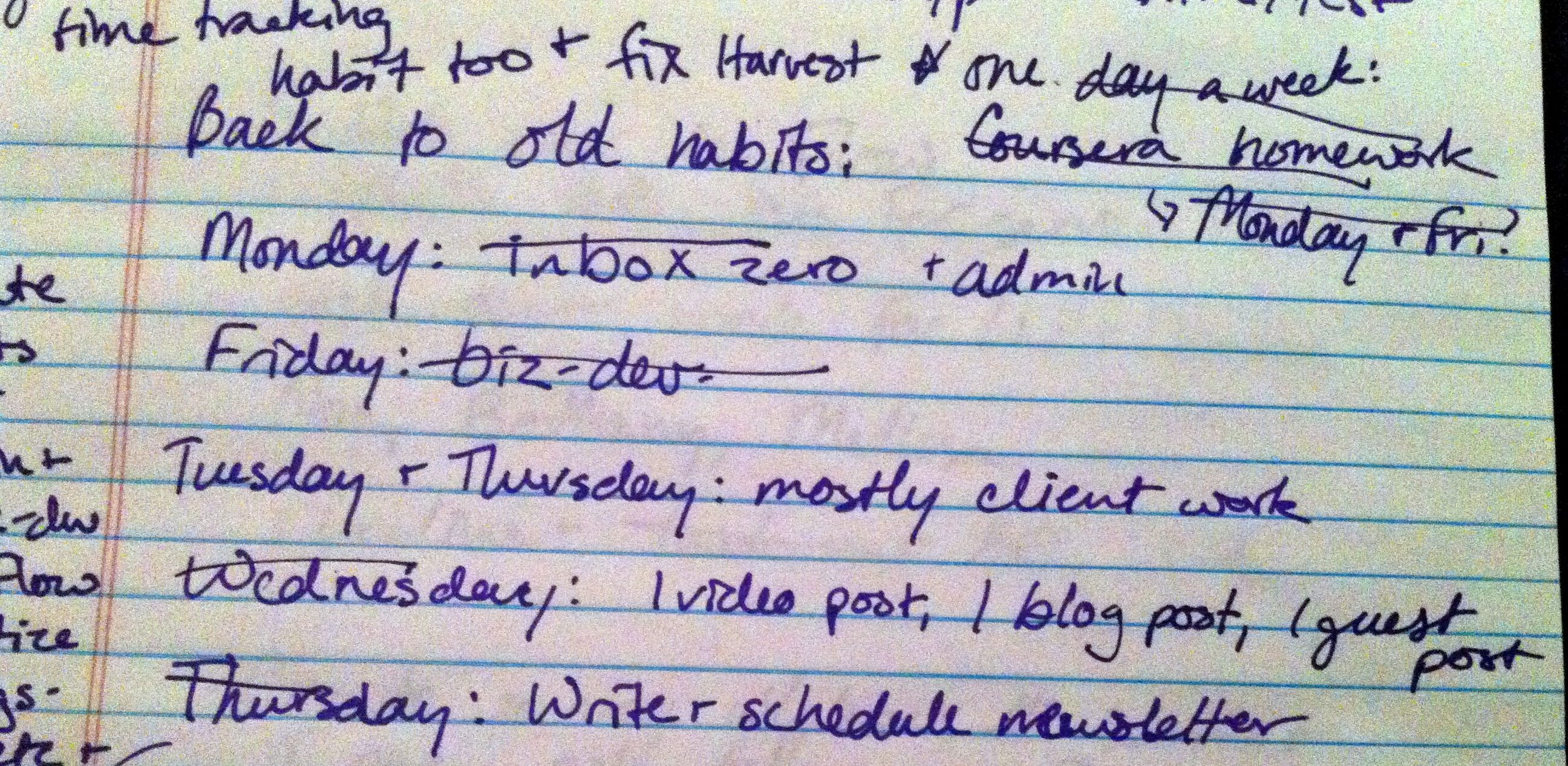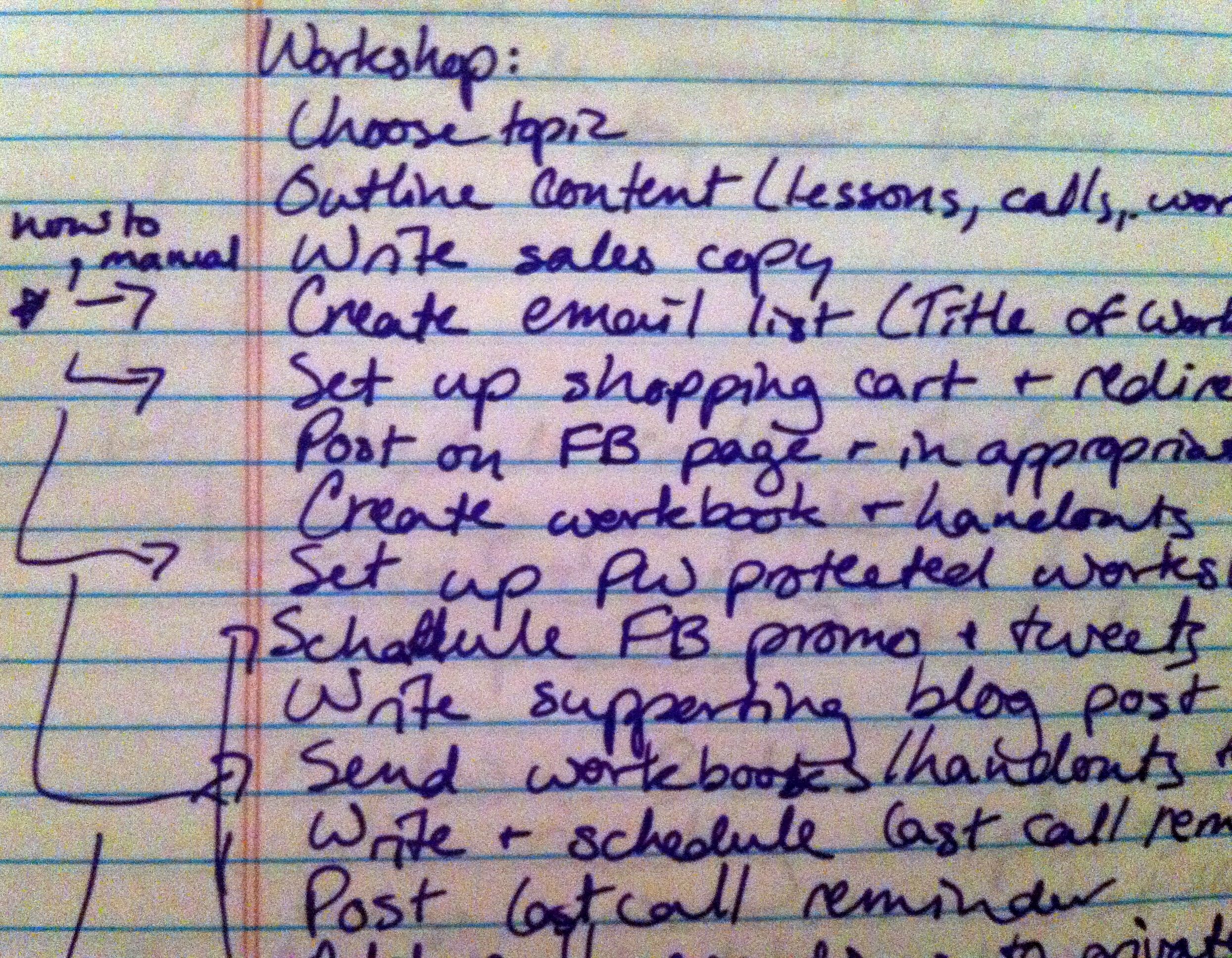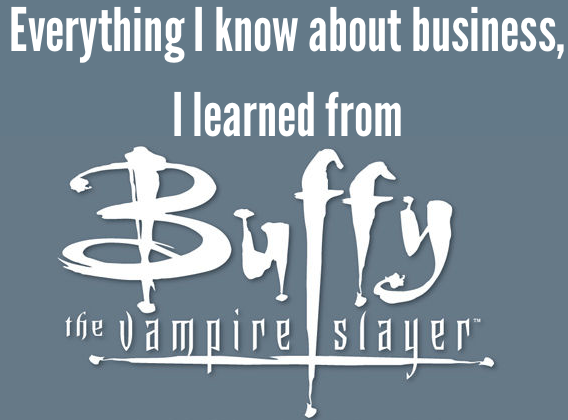Behind the Scenes: The Don’t Lose Your Shit Sale
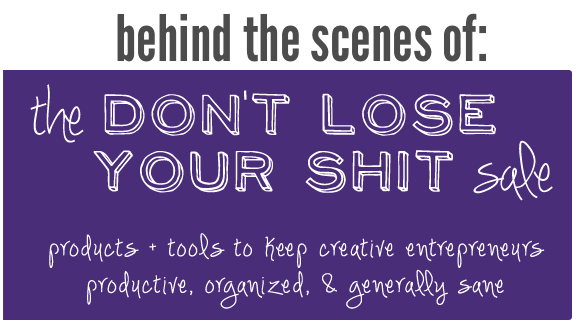
(Quick note! New thing new thing! If you loved this breakdown, you should definitely check out the Brass Tacks Biz Series – it’s going to be more case studies just like this, with worksheets & actionable info, live every month, and the price is supa-reasonable.)
In case you missed it (or are finding this post while perusing in the archives – hi from the past!), last week I ran a 5 day bundle sale called the Don’t Lose Your Shit sale. A quick rundown:
- Sale length: 5 days (August 5-9)
- Number of contributors: 34 (counting myself)
- Total value of sale: $1,749
How I planned & pulled off the sale:
Basically, I started really fucking early. I believe I had the idea in early May, and started contacting potential contributors in late May. I knew that I wanted to outsource some of the work, so I planned accordingly. Most of the work was done in July; obviously, with something like this, there are a lot of moving pieces like:
- approaching potential contributors & keeping a list of who you’ve heard back from and whether it was yes or no
- making sure you have access information for all the products
- making sure all the contributors get inside the affiliate program and have their links
- getting the swipe copy out to everyone
- writing the swipe copy
- the graphic design elements
- the technical/delivery side of things
Again, for obvious reasons, I started early. I’d recommend starting early if you’re planning on doing anything similar. I’ve seen people pull these things off with a smaller turnaround time, but I have no freakin’ clue how they did it, because if I was going to do it over again, I would actually start most of my work in April instead of in May.
The other key piece of me managing to actually get this done was outsourcing. My team consisted of:
Tina Robbins – virtual assistant extraordinaire
Tanja Gardner – copywriter/wrangler who took ALL of the bios/info/etc. and made it not only readable but compelling
Larah Leigh Ritchie – graphic designer (as in, she made the beunicorned buttons + banner that absolutely everyone raved about)
If you need assistance in any of the above areas I highlyhighlyhighly recommend checking those ladies out (and they aren’t paying me to say so, I just LOVE THEM TO DEATH).
I’ll be honest – it was pretty scary spending money on a project before it had made money (especially since I put a lot of my work on hold for July so that I could focus on the sale). But if I hadn’t done it, there’s absolutely no way I would have been able to get the sale done on time and retained any measure of sanity (July was a rough month for me).
Also, though I normally use WooCommerce for selling things (and for my shop here), I used Digital Delivery App for this sale, for these reasons:
- Ease of managing affiliates and adjusting affiliate percentages
- Ease of reporting
- Easier to customize the buy button & shopping cart options
- I had the sale hosted on a different site than this one (www.dontloseyourshitsale.com) and didn’t want to re-install/re-set up WooCommerce on it
Things I did a little differently & how they turned out:
Contributor percentage
Most of the sales I’ve seen like this have the backend set up so that the contributors get 50% of sales through their links. I wanted to switch that up a bit; one reason was that I was planning on having (and did have) non-contributing affiliates, and the standard affiliate percentage is 50%. It didn’t seem right to give non-contributing affiliates and contributors the same rate, so I gave contributors 75% of their sales, instead of 50%. It felt like a good decision and a generous one.
I’m not sure if I’d do it the same or differently, if I did it again. On the one hand, I do think contributors deserve more than your standard affiliate. On the other hand, the percentage being 75% instead of 50% definitely cut into my profit margins a fair amount, and I had one or two contributors contact me saying “Hey, I think there’s something wrong – I’m getting emails saying I get 75% of the sale, instead of 50%! You should fix that.”
Jury’s still out on that decision.
Length of sale
The “normal length” for bundle sales, it seems, is 72 hours. I’m not sure if this is because the trendsetter bundle sale (Only72.com) did it for 72 hours, or if there’s actual statistics/metrics that say that 72 hours optimizes conversions, or what. But I, personally, feel weird about emailing people 3 times in 3 days. I like to give people a little more time to think. With that in mind, I set up this sale to run 5 days – Monday through Friday. I’m not sure if this turned out for the best or not, or if it had any effect (positive or negative) on sales, versus if I’d run it for three days instead.
I do know that both statistically and in my experience, the bulk of sales tend to happen in the last 24 hours, and that didn’t really hold true here, as you can see from the graphs below – days 1 & 2 were so low I was panicking, and then there was a sudden uptick on Wednesday and profit stayed at about the same level until the end of the sale. (Another side note of interest is that Thursday was really effing slow until about 6 PM CST, after which the majority of the sales for that day took place, which is not a pattern that held true for Friday or any other day.)
This is the graph of my profit (meaning, once you take out the affiliate percentages and payment processor fees, which Digital Delivery App does automatically for reporting *happy sigh*) throughout the sale:

This is the same graph, but for total income – not just my profit:

(I left out the dates on this one, because it was making the screencapture weird.)
It’s interesting that total income was higher on Monday, but my take was higher on Tuesday. I’m assuming because the contributors probably mostly promoted on Monday, Wednesday, and Friday.
A note about payment methods: I used Stripe for processing credit card payments (which also integrates seamlessly with Digital Delivery App *repeat happy sigh*) and almost exactly 1/3 of the customers used credit cards instead of Paypal. Not a majority, but a decent sized enough chunk to light a fire under my ass to offer credit card payments as an option in the shop (which is done now, by the way).
Did I meet my goal?
Nope. In fact. I fell quite a bit short of my monetary goal. The number of bundles sold was less than 10% of my stretch goal, and my gross profit was a little less than half my lowest profit guesstimate. Since it’s gross profit, that means it’s before I take into account the payment of Larah, Tina, or Tanja – after taking those expenses into account, it’s more like a third of my guesstimate.
My theories on why I made not have made my goal:
Unrealistic goal
It may have been just straight up unrealistic. Sometimes that happens. I’d like to think it was based in reality, as I based it off of a few different variables, but there may have been too many factors involved to make a realistic goal, and thus, goal not reached.
Bad timing
More on this under the “too many variables” heading. I think a lot of it came down to that, for some reason, tons of people were traveling or otherwise AWOL last week, plus some people are already dealing with back to school shopping and the budgetary concerns that come with it. And, as also noted under the variables heading, there were a lot of other launches going on. Any time there’s a lot of launches going on, customers are going to have to decide where to spend their money really carefully, and there’s a good chance they’ll spend it with someone they know & trust instead of on a bundle sale where they might not know several of the contributors (or the person running it).
Not enough promotion planned ahead of time
I counted too much on the contributors doing the bulk of the promotion for me. If I was going to do this again, I’d plan to do as many guest posts as I could (probably 3-5) and aim to have them lined up for the week of the sale; I’d also do more interviews and things like that. And probably do 2 or so posts on this site, as well. I had the social media side of things covered, but I could have done more other places.
Too many variables to guesstimate accurately
I think this is really what it comes down to. I’m a planner, and it annoys me that I planned this so far in advance and yet things came up that I couldn’t have foreseen (like, approximately half – maybe more like 75% – of the contributors happened to be launching something the same week, traveling, moving across the country, or having General Life Things going on that meant that they didn’t promote the sale as much as they would have normally).
(Just in case it needs saying: my comments about contributor promotion aren’t meant to sound snarky or judgmental, AT ALL. I’m not pissed or resentful of anyone for not promoting “enough” – I know everyone did what they could with what they had. It was just a different promotion level than I had factored in for in my reach/traffic/purchases estimates. I am still very, very grateful to everyone who contributed to the bundle because without them, well, there wouldn’t have been a bundle in the first place!)
There’s also the factor that a M-F sale might not have been the best idea – maybe it would have been better to stagger it over the weekend, as different people tend to spend time online during the weekend vs. the week, or run a shorter sale, or any number of other changes with the timeline.
In the end, it’s really not worth beating myself up about not making my profit goal, because even if I had planned on doing more promotion, July was such a clusterfuck that I’m honestly incredibly proud of myself that I got it pulled off at all. Let alone while still getting client work done and suffering some hardcore side effects of medication including insomnia (I got maybe 3-5 good nights of sleep the entire month of July, and at one point was so out of it I almost walked outside without pants on, which believe it or not is not my norm), mood swings, crying jags, and my anxiety actually being worse. Even if I had planned on spending July cranking out guest posts and interviews scheduled for that week, I wouldn’t have been able to get them done, and that would have made me feel horrible.
Even though I didn’t make my monetary goal, would I call the sale a success? Yes!
Why?
Increased exposure:

This is a screenshot from my Improvely (which, by the way, I know it’s not free, but I love it so much better than any other analytics tool I have ever tried, I want to make out with it) dashboard of the last 30 days. The conversions marked on it are email list opt ins – you can see that there were some spikes in July (associated with my LifeHack posts), but that the amount of people who have signed up for my email list on a daily basis increased substantially starting with the beginning of the sale, and hasn’t really slowed down yet. (The black box is around the dates of the sale.) Obviously, collaborating/heading up a project that large gets you in front of a lot of new people, whether they buy or not, so I’m going to call that a win.
This sale basically had the same effect as me guest posting on a major site (like Design*Sponge), but in addition to all the exposure I made a few thousand dollars, too. So…yeah. (Of course, it was a fuckton more work than a guest post, but yanno.)
That’s the main reason I’d still call the sale a success. The other reason is:
I actually freakin’ pulled it off
Even if everything didn’t go 100% according to plan, knowing that I can pull of a project of this magnitude, even given the life clusterfuckery I had going on, is a big confidence booster. Everything about it – everything – stretched me out of my comfort zone. I approached people I had never met before and asked them to go in on me with a project together. (And made new friends as a result!) I got to practice my outsourcing skills, a lot. And even if I didn’t meet my goal, it was still easily my most profitable week in business to date and I’m assuming August will be my most profitable month in business to date as a result – not too shabby considering that May and then June, respectively, were previously my highest earning months to date.
Other things I learned:
People get really weird about swearing.
I had two separate people – one contributor and one affiliate – get some surprisingly nasty responses from people for sending out emails with the s-word in them. I guess I should have known something like that would happen, but I think of “shit” as a fairly innocuous swear word (of course, I’ve dropped the dreaded f-bomb four times in this post so far, which means I might be biased…).
A side effect that I didn’t foresee of having a sweary title for the sale is that Facebook wouldn’t let me or any of the other contributors promote it. Because, profanity. Okay, Facebook. *eyeroll*
On the other hand, my people know me! Yay!
Over the course of the sale, I had 11 unsubscribes (which is less than 2% of the total number of people on my email list, if we go off the number of people on it when the sale started). Not bad for a week with four emails when my normal amount of emails a week is 1-2. Out of those 11 people, five didn’t specify a reason for unsubscribing, five said they were no longer interested, and only one subscriber marked “inappropriate content”. And none of them wrote snarky comments (at least not that I can see, and I looked pretty hard).
That’s an encouraging lesson – people know what to expect from me. Which is not to say that they don’t from Annie or Tanja – I’m just as surprised as they were that people got so snarky – but maybe when you have rainbow hair people just expect you to swear a lot. Who knows.
In conclusion:
I learned a lot. I don’t know if I’ll ever do something this style again – but it was a learning experience for other reasons as well, and I’m glad I did it. And I hope this epic write-up has been useful to you as a reader! Good luck, if it inspires you to try any similarly scaled projects.
PS: Like I said at the top, if you loved this breakdown, you should definitely check out the Brass Tacks Biz Series – it’s gonna have be more case studies just like this, but live, with biz owners just like you ever month + with worksheets & actionable info, and the price is supa-reasonable. ($25/month! Less than your YA novel/video game/other guilty pleasure habit.)



